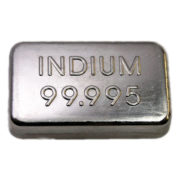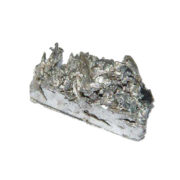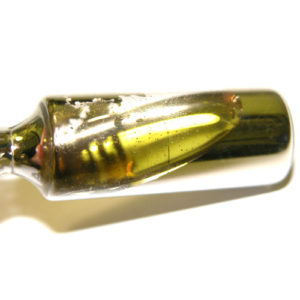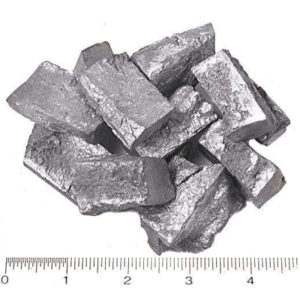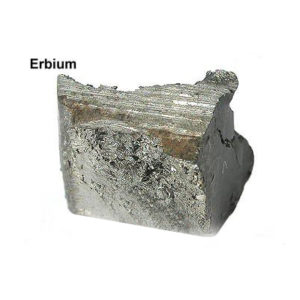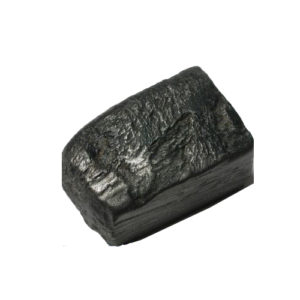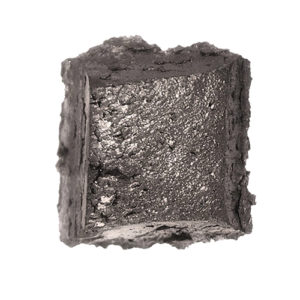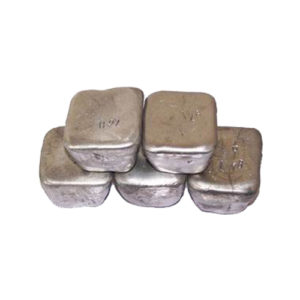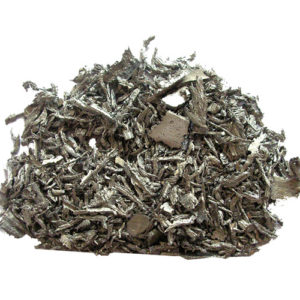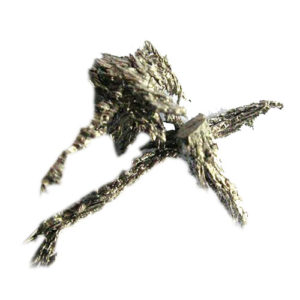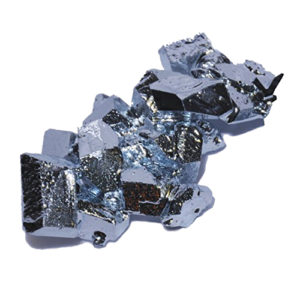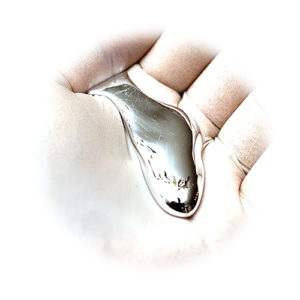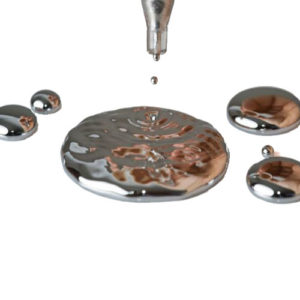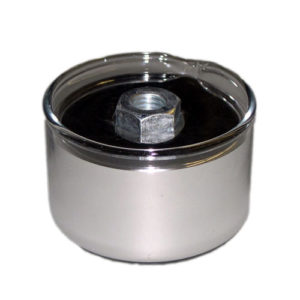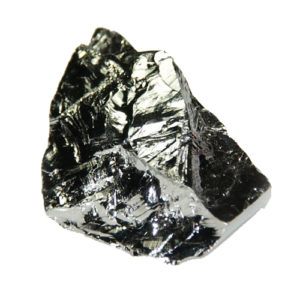Rare Earth Material Ytterbium for Metal Yb
Uses and properties
The image is based on ancient Swedish rock carvings.AppearanceA soft, silvery metal. It slowly oxidises in air, forming a protective surface layer.
Uses
Ytterbium is beginning to find a variety of uses, such as in memory devices and tuneable lasers. It can also be used as an industrial catalyst and is increasingly being used to replace other catalysts considered to be too toxic and polluting.
Biological role
Ytterbium has no known biological role. It has low toxicity.Natural abundanceIn common with many lanthanide elements, ytterbium is found principally in the mineral monazite. It can be extracted by ion exchange and solvent extraction.
| Group | Lanthanides | Melting point | 824°C, 1515°F, 1097 K |
| Period | 6 | Boiling point | 1196°C, 2185°F, 1469 K |
| Block | f | Density (g cm−3) | 6.90 |
| Atomic number | 70 | Relative atomic mass | 173.045 |
| State at 20°C | Solid | Key isotopes | 172Yb, 173Yb, 174Yb |
| Electron configuration | [Xe] 4f146s2 | CAS number | 7440-64-4 |
There is a famous quote about the lanthanides by Pimentel and Sprately from their book, Understanding Chemistry published in 1971: “Lanthanum has only one important oxidation state in aqueous solution, the +3 state. With few exceptions, this tells the whole boring story about the other 14 elements”
If you’ve listened to any of the other podcasts in the lanthanide series, I hope you’ll agree that this is far from true. While, the most common oxidation state of the lanthanides is indeed the +3 valence state, ytterbium, the last and smallest of the lanthanides or rare earths in the series is one of the exceptions Pimentel and Sprately were talking about. Ytterbium can also exist in the +2 valence state; its compounds are powerful reducing agents and it is capable of reducing water to hydrogen gas.
Ytterbium is named after the town of Ytterby near Stockholm in Sweden, and makes up the fourth element to be named after this town, the others being of course yttrium, terbium and erbium. Ytterbium was isolated in 1878 by Jean Charles Galissard de Marignac who was a Swiss chemist working at the University of Geneva at the time. Its discovery can be traced back to the oxide yttria. When yttria was first identified, nobody realised that it was contaminated with traces of other rare earth metals. Earlier, in 1843, erbium and terbium were extracted from yttria and then ytterbium was separated from erbium. This was achieved by heating erbium nitrate until it decomposed and then extracting the residue with water to obtain two oxides; a red one, which was identified as erbium oxide and a white powder, which was named ytterbium oxide. In fact, Marignac’s ytterbium oxide was not of a pure form either and a few years later in 1907, George Urbain extracted lutetium as its oxide from this ytterbium oxide.
Ytterbium is one of the more common lanthanide elements, and is not at all rare as its group name of the rare earths may suggest. In fact, it is the 43rd most abundant element on earth and has a greater natural abundance than tin, bromine, uranium or arsenic. In its metallic form, ytterbium is a bright and shiny metal that is both ductile and malleable and is more reactive than the other lanthanide metals, quickly tarnishing in air as it reacts with oxygen. Seven naturally occurring isotopes of ytterbium are known ranging from mass numbers 168 to 176. In addition, ten radioactive isotopes are also known; these isotopes are unstable and break down into other isotopes giving out radiation in the process. Ytterbium-169 in particular emits gamma rays. Gamma rays are similar to X-rays in that they pass through soft materials and tissues but are blocked by more dense materials such as bone. In this regard, small amounts of Yb-169 have been exploited in portable X-ray machines that require no electricity and are much easier to carry around than conventional X-ray machines-useful for radiography of small objects!
A second intriguing possibility is the use of elemental ytterbium is in super accurate atomic clocks. The isotope Yb-174 has the potential to keep time more accurately than the current gold standard, which is a caesium fountain clock that is accurate to within a second every 100 million years. Then no one will have any excuse for being late!
Terbium compounds are currently used as luminescent probes in biological and biomedical research, but they emit visible light. In the research community, luminescent ytterbium compounds that give out light in the near infra red (around 980 nm) are of current interest and are being developed for use as alternative luminescent probes. This means, that unlike Eu or Tb, which emit visible light, the light is in invisible to our eyes. Human tissue is a lot more transparent to near infra red radiation than to visible light, which means that imaging with near infra red would access greater tissue depths and so give us more detailed information regarding a specific biological event or process.
Ytterbium is also used in some laser systems and ytterbium fibre laser amplifiers are found in commercial and industrial applications where they are used in marking and engraving. Ytterbium compounds are capable of absorbing light in the near infra red part of the electromagnetic spectrum, which has been exploited to convert radiant energy into electrical energy in devices coupled to solar cells. Additionally, ytterbium compounds are often more potent catalysts than their lanthanide counterparts. They are useful for many organic transformations and are finding increasing use in the chemical industry.
Well, that was ytterbium, definitely an interesting and fascinating element with many uses as diverse as atomic clocks and solar cells and definitely different from the other lanthanides.

